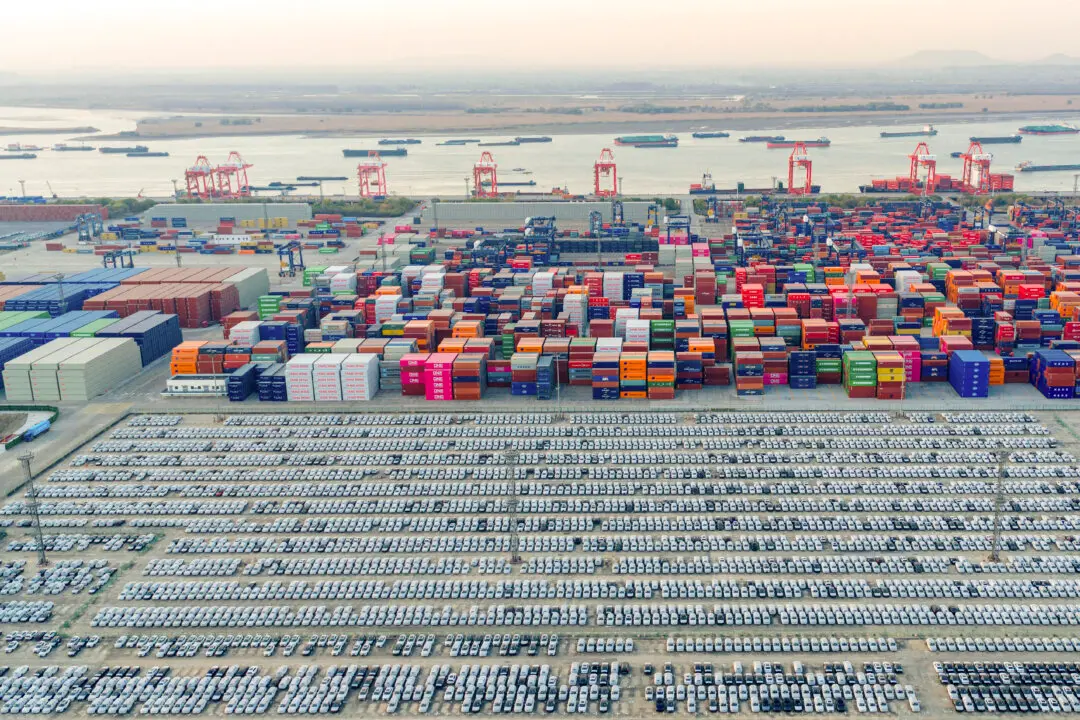An old rule of thumb among policymakers and economists holds that the more the government taxes something, the less of it the economy gets.
Analysis
Opinion
Taxes and Innovation in America
New research tells where tax hikes discourage innovation

The Silicon Valley seen from Monument Peak near Milpitas, Calif., in this undated file photo. Yuval Helfman/Shutterstock
|Updated:
Milton Ezrati is a contributing editor at The National Interest, an affiliate of the Center for the Study of Human Capital at the University at Buffalo (SUNY), and chief economist for Vested, a New York-based communications firm. Before joining Vested, he served as chief market strategist and economist for Lord, Abbett & Co. He also writes frequently for City Journal and blogs regularly for Forbes. His latest book is “Thirty Tomorrows: The Next Three Decades of Globalization, Demographics, and How We Will Live.”
Author’s Selected Articles




